2024
Camino Frances – Leon to Santiago
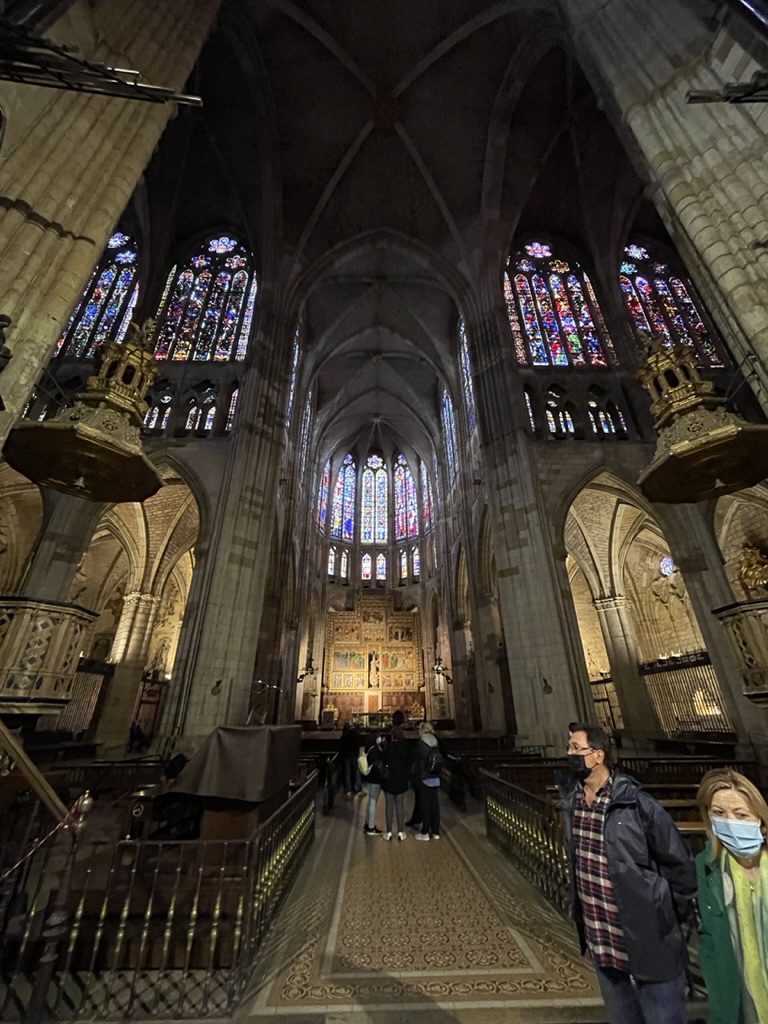
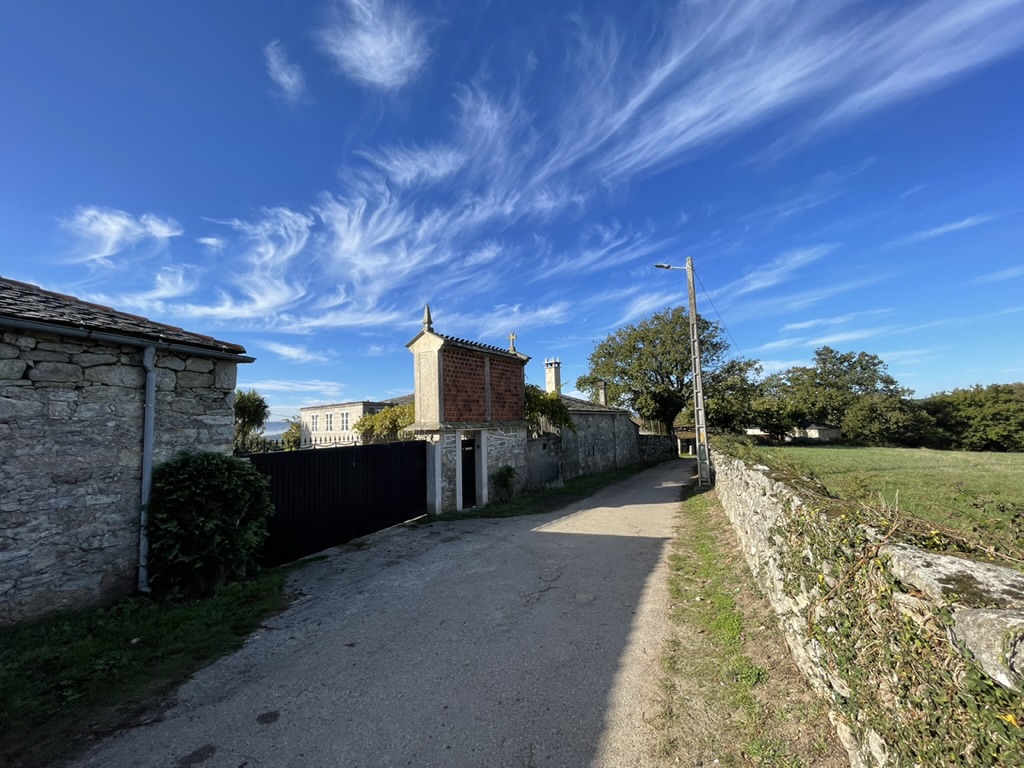
Today’s walk is relatively flat until Hospital de Orbigo, then we traverse gently rolling hills into Astorga. Pleasant shade can be found on this day and there will be much to contemplate in Astorga. The Cathedral and Episcopal Palace designed by the renowned architect Antoni Gaudi will delight the senses upon arrival. The mountains Montes de Leon behind the city remind us to get a good night’s rest as we make the ascent to the highest point on the Camino over the next few days.
A slow ascent as we approach the mountains and gear up for the dropping temperatures and rough terrain in the days ahead. Enjoy passing through broom, oak trees, and conifer plantations. You can find a relic of Saint Blaise in the tiny town of Santa Catalina about halfway through the day. End the day in Rabanal del Camino – a town known to care for pilgrims before they depart on the steep path up and through Monte Irago.
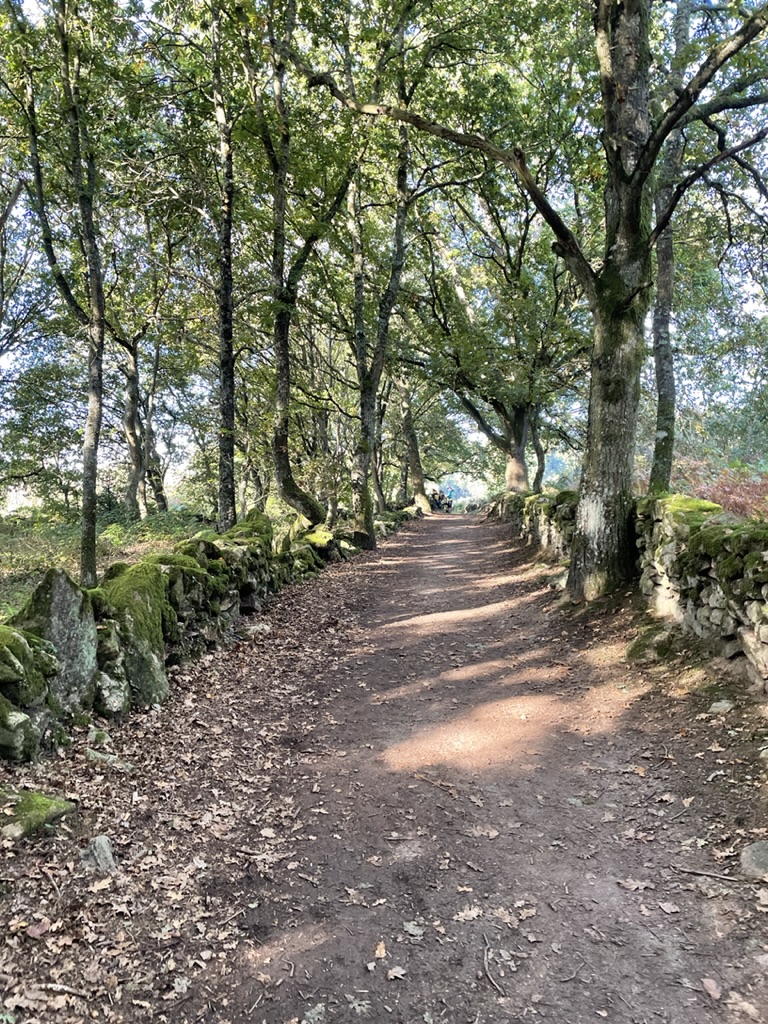
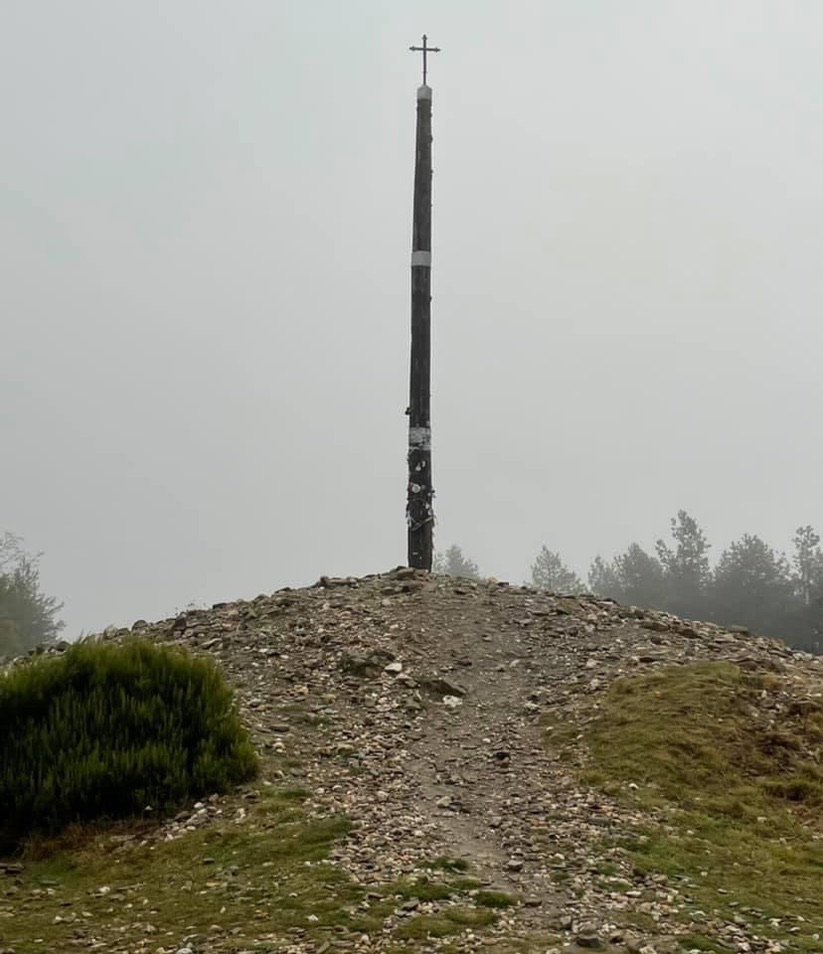
This day will be tough, but one of the most rewarding. Humble beauty of the iconic Cruz de Ferro (iron cross) will reward you at the highest climb of our Camino – (Puerta Irago 1,504 meters). Be very careful on the slippery descent after the Alto Altar.
The fertile beauty of the Bierzo (a low-lying plain encircled by mountains) surrounds us today. The climate produces many types of vegetation including some delicious wines. Try a Bierzo wine with a botillo (thick sausage marinated in local vegetables). The most populated stop of the day, Ponferrada, has a wonderful medieval old town as well as the Templar Castle that should not be missed. Several other notable chapels will dot our path before we end the day in Villafranca del Bierzo.
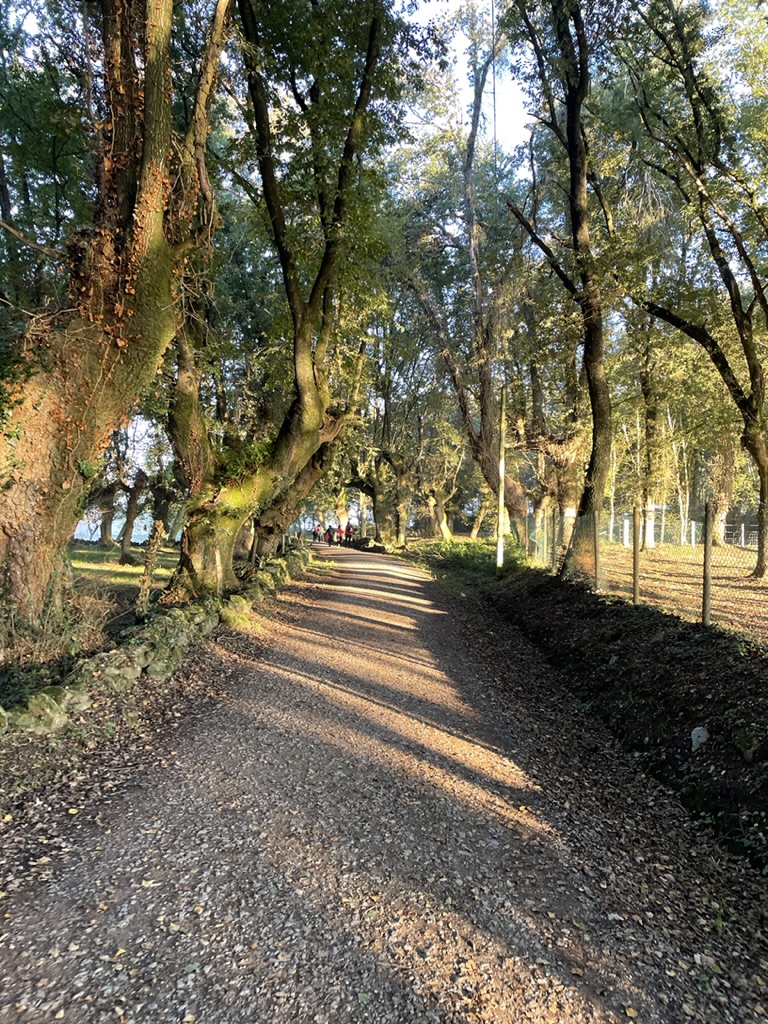
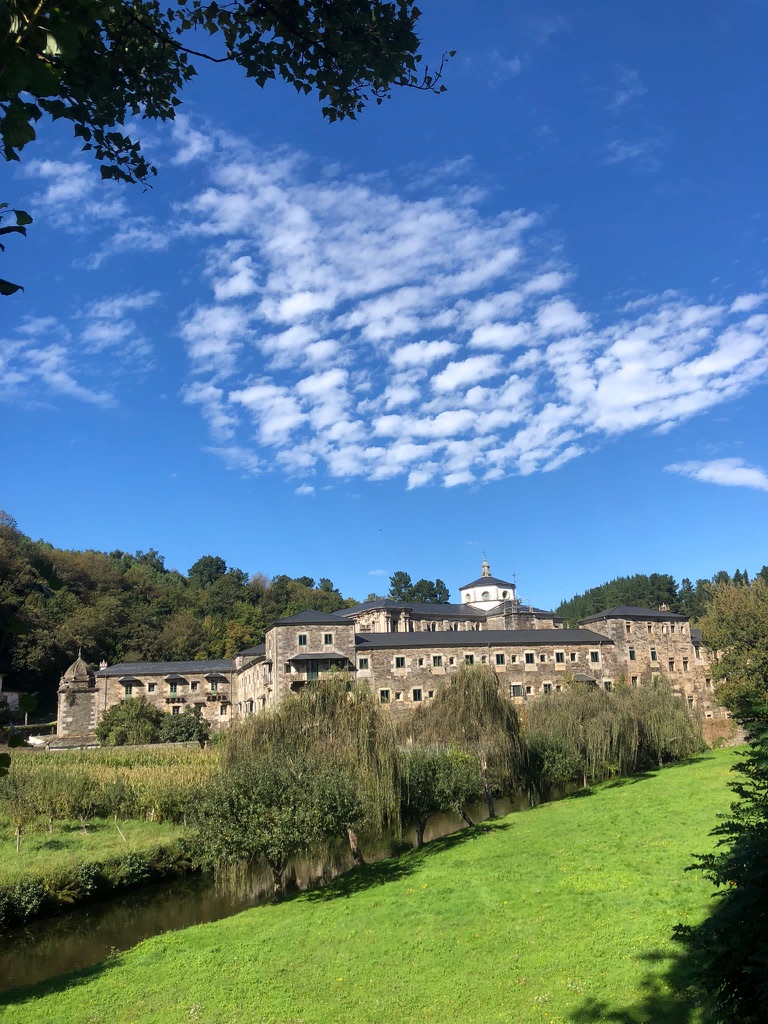
We already passed the highest point of our walk (Puerta Irago) a couple days ago, but today is the steepest and most challenging journey. Our diligence is rewarded with breathtaking views along the Varcarce valley. After the steep ascent to O Cebreiro, take a moment to admire one of the oldest churches associated with the Camino – the 9th century Iglesia de Santa Maria Real. Say a prayer of thanksgiving to Don Elias Valiña Sampedro whose final resting place lies in the church. He had the idea to mark the Camino path with the familiar yellow arrows. Today marks our first steps into the region of Galicia as well.
Today our path crosses through the Ranadoiro Mountains, over the Alto do Poio and then a final long descent into Triacastela. While the three castles that our destination is named after no longer exist, there is an interesting relief of them on the parish church tower in the village. Enjoy this peaceful walk as the population of pilgrims will increase as we get within a week of Santiago.
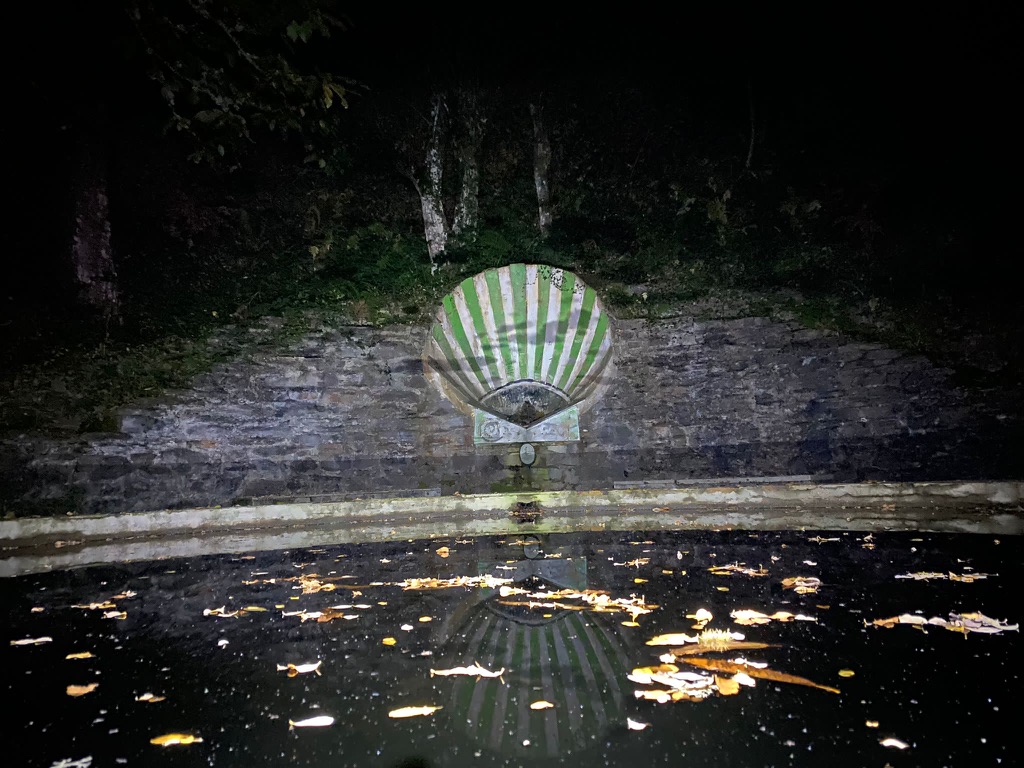
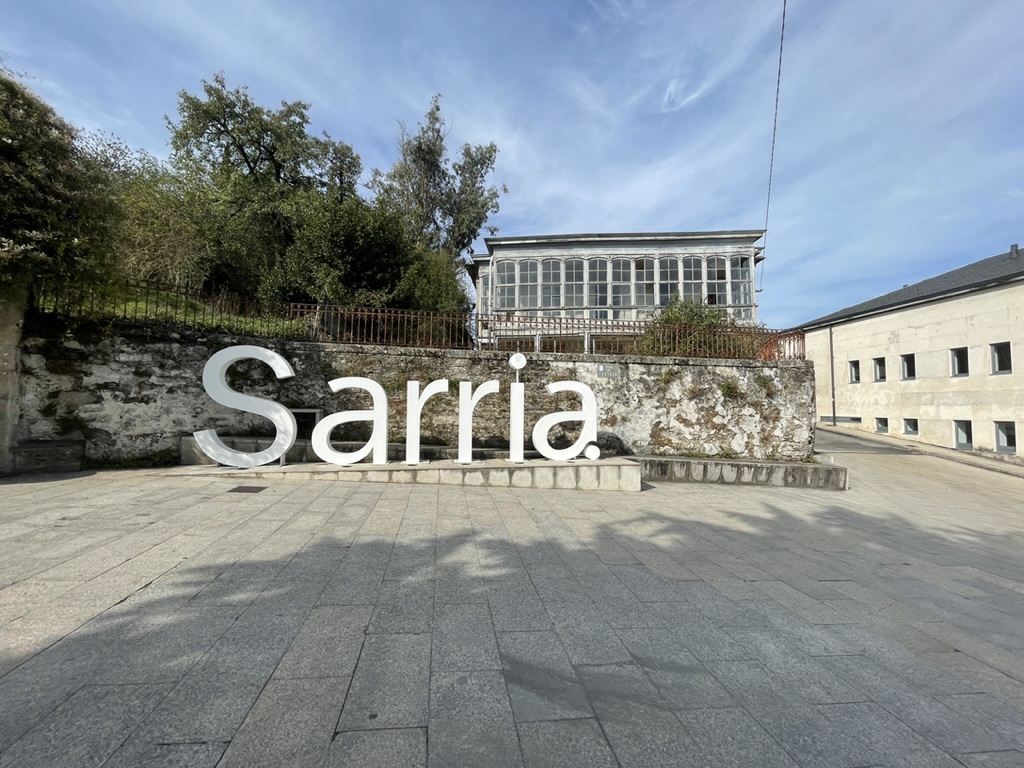
There are two popular routes you can take to Sarria. The first is the more direct northern route via San Xil and the second one is a southern detour via Samos. The northern route is about 6 km shorter, with a very steep climb up to alto do Riocabo (splendid views included). Samos has one of the oldest and largest Benedictine monasteries in Spain that attracts many tourists. Either way is special, and both will lead to you the beautiful capital of the region. Sarria was the center of Camino services in medieval times with many churches, monasteries, chapels and 7 pilgrim hospitals. Today it is a bustling town of 13,500 and a popular Camino start for those wanting to achieve the minimal distance (100km) to secure a compostela.
Peacefully walk in lovely oak tree shade and quaint villages for most of today’s journey. The Romanesque Church of Santiago de Barbadelo is a picturesque stop. Cross the río Miño just as you enter the final stop for the day – Pontomarín.
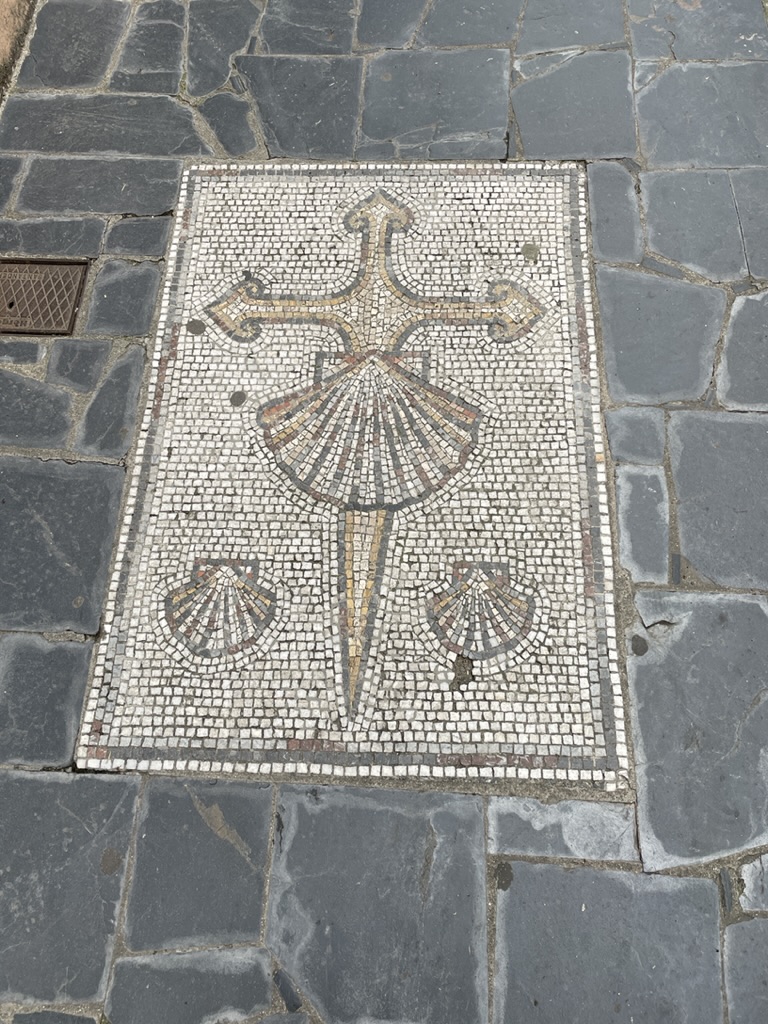
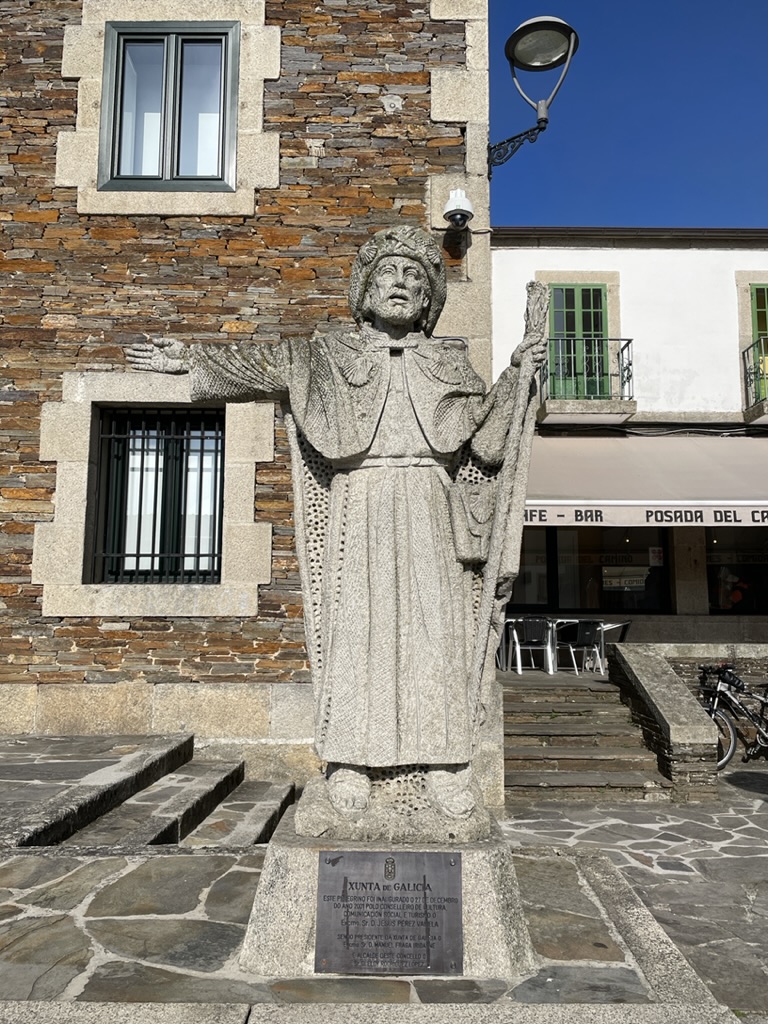
Start the day with a tranquil climb up to Sierra Ligonde (720m) passing the tiny Romanesque Capela da Magdalena, a former Knights Templar hospital. On your gentle climb around Alto do Rosario, join countless past pilgrims in a recitation of the rosary. Then drop down finally into Palas de Rei.
Take a woodland stroll today through six river valleys which make the path pleasant despite several intersections with the N-547. Witness the beauty of the Romanesque 13th century Santa Maria church and its carved stone “Mary with the Jesus child” in the recessed area over the entrance. The halfway point of Melide is a great spot to try the famous octopus dish pulpo Gallega. You will also cross several medieval bridges and the Church of San Pedro and San Roque which is said to have the oldest stone cross in Galicia – the 14th century Crucero do Melide – Christ in Majesty.
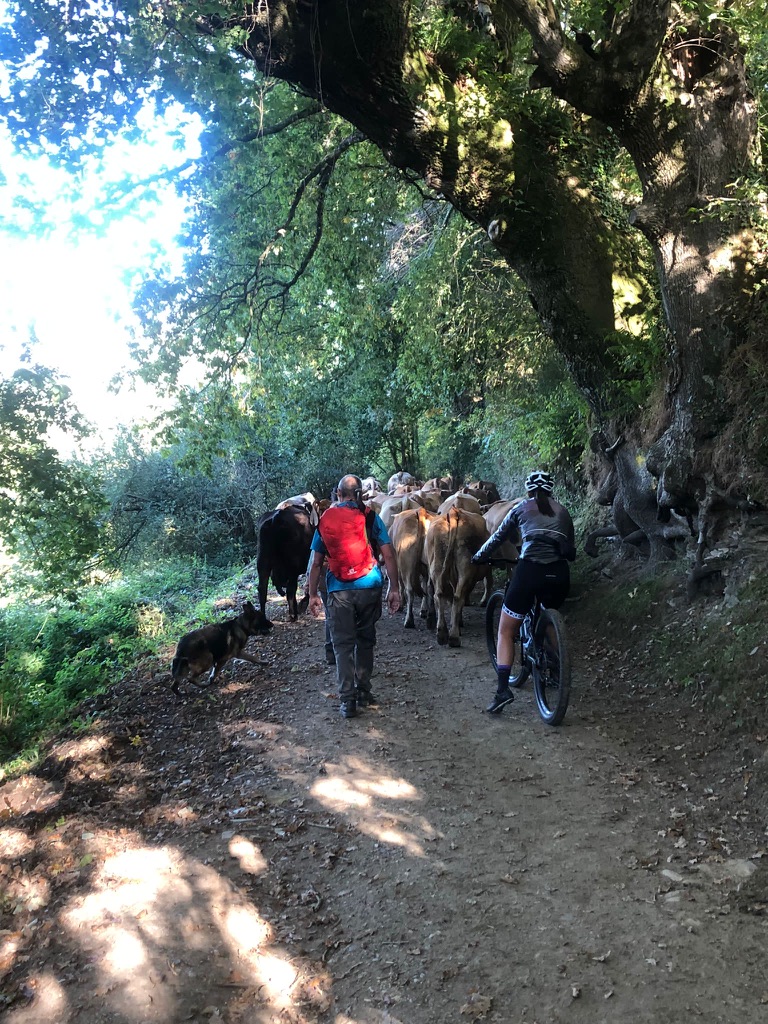
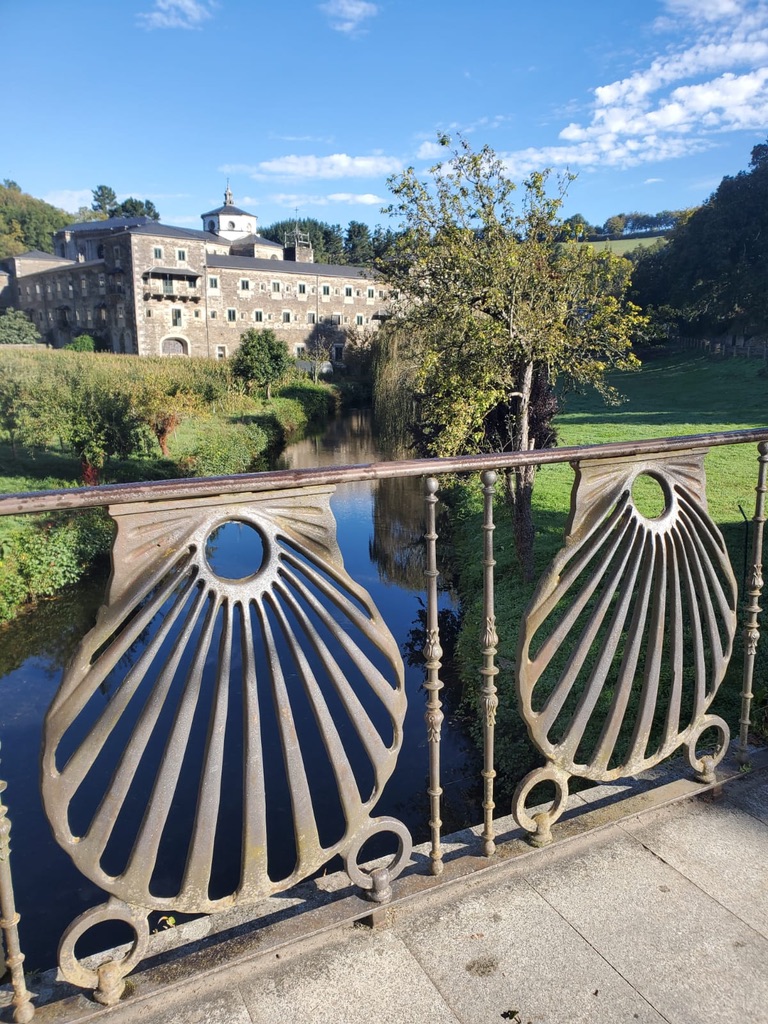
Our path is riddled with short, but steep ascents and descents today. Your way becomes more populated as the Camino del Norte joins the Francés today. If you are so inclined visit the “wall of wisdom” in Taberna Velha filled with traveler’s quotes and advice for The Way. As you skirt around the Alto de Santa Irene take a moment to enjoy the church with the same namesake and unique statues of Santiago.
You have nearly made it! This stage of the journey is exciting because of its end, but there is also much to see along the way. The day begins through a dense eucalyptus forest. As you skirt around the Lavacolla international airport, you will notice the contrast between that and the history of Lavacolla as the place where medieval pilgrims used to bathe for purification before entering Santiago. Climb your way up the Monte del Gozo for a glimpse of your goal – the Cathedral of Santago! Descend to the city and get ready to soak in all that comes with a goal achieved and a spiritual destination reached.
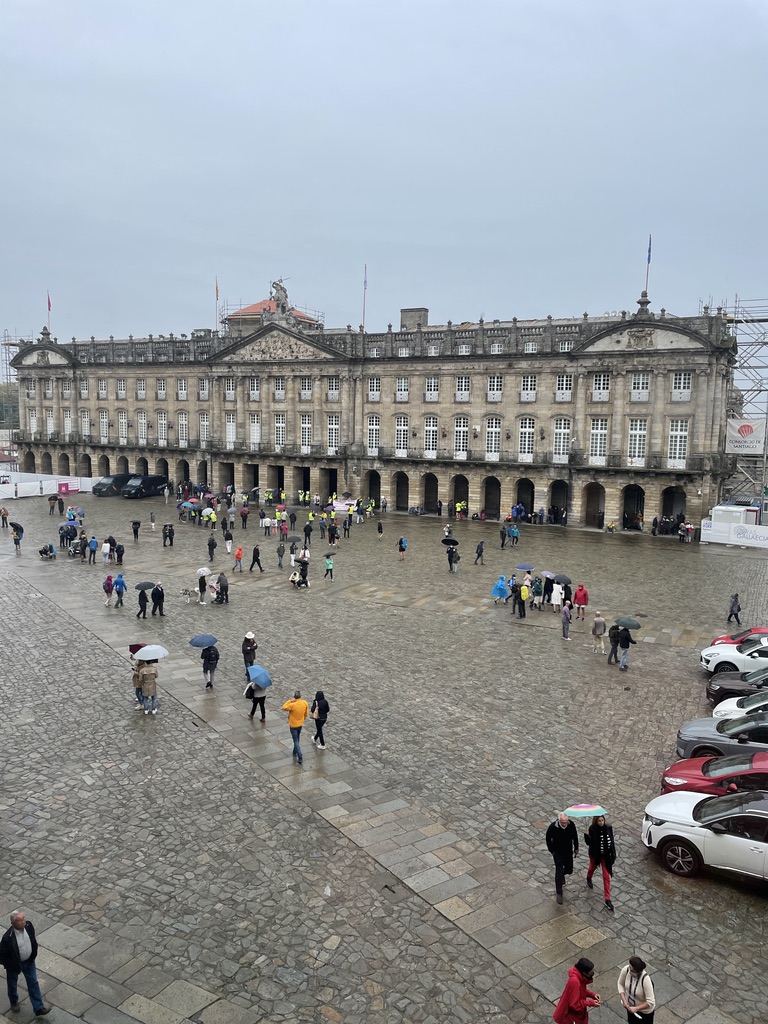
Click here to sign up!
